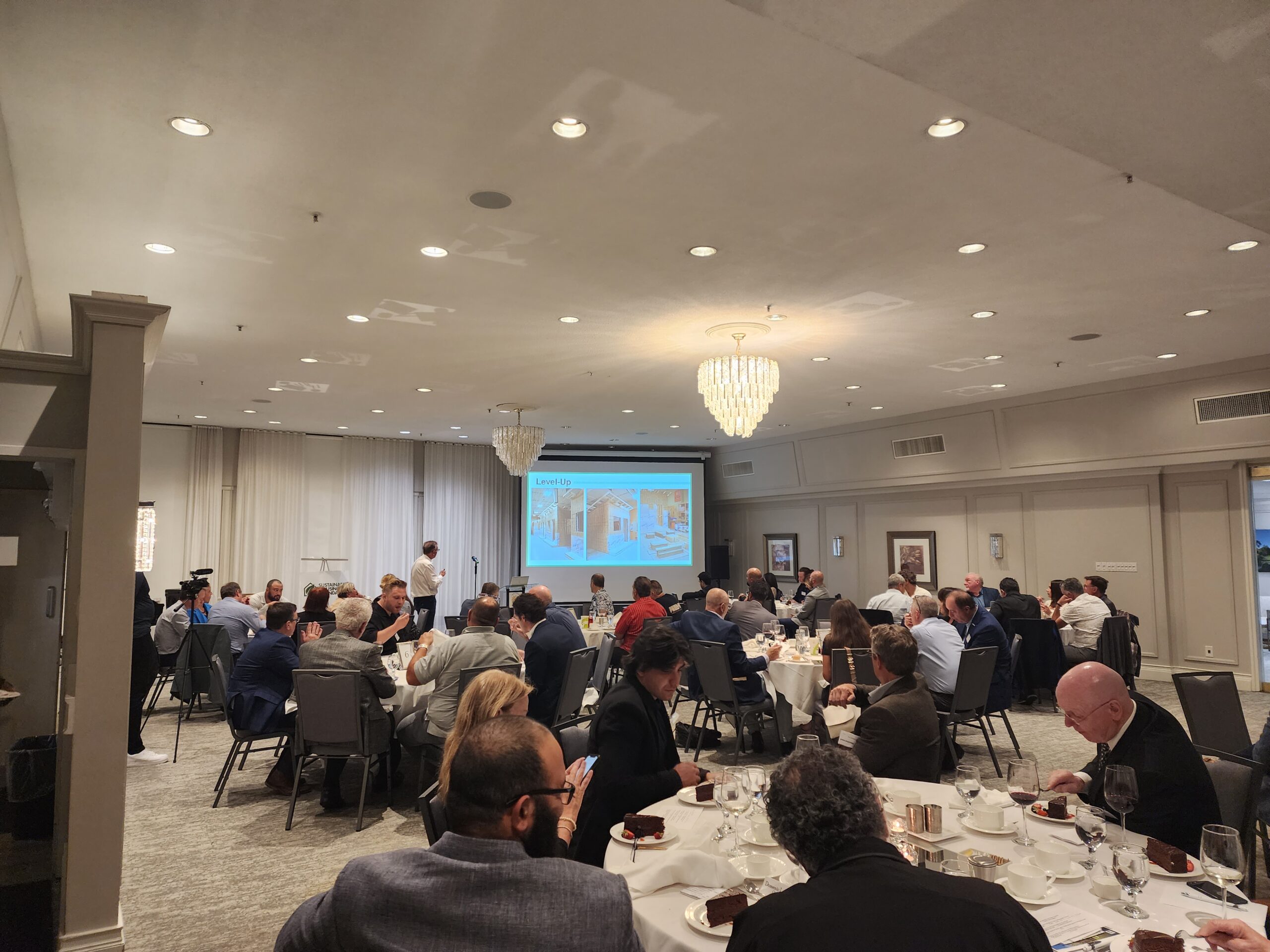
This past June, a Canadian builder, was on a flight back to Toronto from Florida after Game Seven of the Stanley Cup final. Along the way, the builder struck up a conversation with an American developer, comparing notes on home energy efficiency. Surprisingly, this person made a comment that Canadian builders were not doing their part in reducing CO2 emissions compared to their U.S. counterparts.
The American builder’s observation was far from the truth. Unbeknown to him, this builder had recently won a Cross Border Builder Challenge award for one of its subdivisions with a HERS score of 41 and an average 1.67 ACH (air changes per hour), joining six other Canadian winners and equaling the number of American winners in the Challenge. The builder corrected his U.S. counterpart on his comment (politely, as Canadians do) and referred him to their website. He also pointed out a fact regarding the Oilers’ loss in the final — they were beaten by a team made up of at least 50% Canadian players!
As in hockey (and beer), this builder is something of a Canadian superstar when it comes to energy-efficient home building. The company constructed its first Energy Star project named Block 39 in Vaughan in 2007. A number of years later, Richmond Hill was experiencing issues with its existing infrastructure, specifically its sanitary sewer capacity. To help meet the challenge, the builder entered into a subdivision agreement with the municipality to construct its 112 homes to exceed Energy Star using the Home Energy Rating System (HERS), as well as equipping each home with solar hot water heating.
More recently, the builder has been adopting the Enbridge Savings by Design program in its Richmond Hill and Brampton subdivisions and built a discovery home in its Centerfield subdivision using a hybrid home gas/electric heating/cooling approach. This includes a three-season heat pump that provides supplemental heating. “A hybrid house is like a hybrid car,” the builder explains. “In the dead of winter when it’s very cold outside, you heat with natural gas. During the other seasons, an air source heat pump supplies heat and cooling with inexpensive off-peak electricity.”
Sustainability has long been a vital component of the company’s construction practices, and the Better Than Code platform has been instrumental in helping it meet many municipal energy efficiency standards, consistently exceeding Energy Star performance. This is in keeping with the company’s environmental, social and governance (ESG) policy.
ESG requires organizations to develop strategies and practical approaches that will allow them to set and achieve environmental, social and governance goals. Over the last few years, the ESG practice has received a lot of global attention,
placing it among the key global trends in the development and operation of modern business.
In the U.S. and Canada, ESG is guided by the RESNET Sustainability Accounting Standards Board (SASB) standards for home builders, which includes several metrics such as HERS and HERSH2O scores, Estimated Energy and Water Savings, RESNET Carbon Index scores, CO2 Emissions, Energy Star Certification, Zero Energy Ready Home Certification, and Renewable Energy Use.
“Not winning the Stanley Cup this year was a bit disappointing for me and for many Canadians,” the builder adds. “But leading the way in home energy efficiency on both sides of the border is something that we can all be proud of.”
This fall, this builder and other builders in the low carbon home builder coalition will be holding a dinner to talk about their Environmental and Social Governance approaches. Please join us in mid-october and watch for the date on our website.



Recent Comments